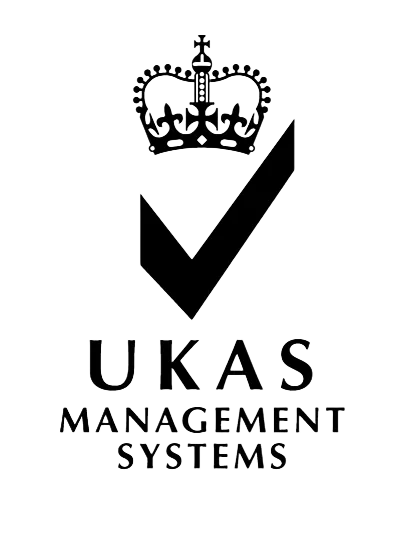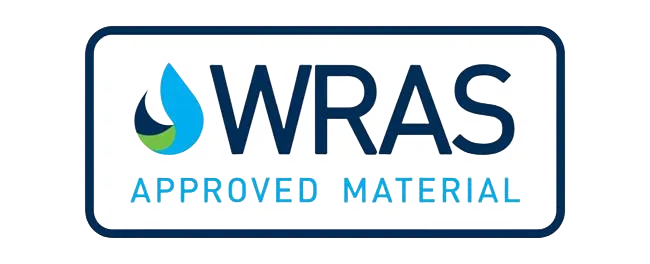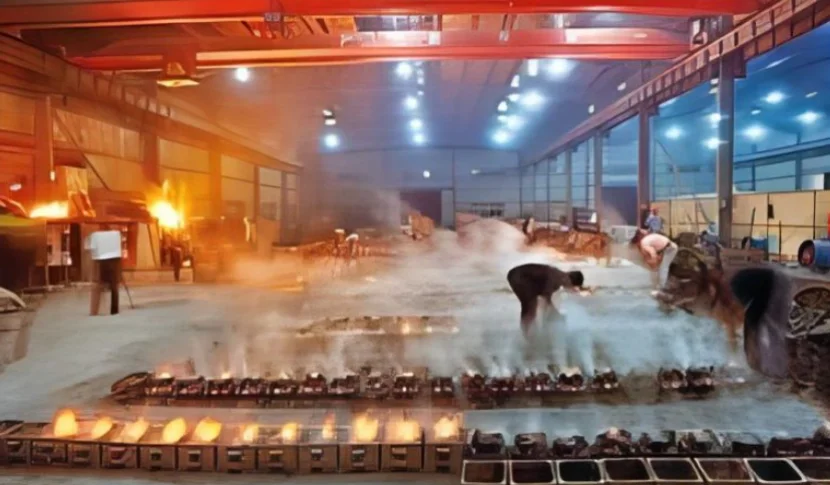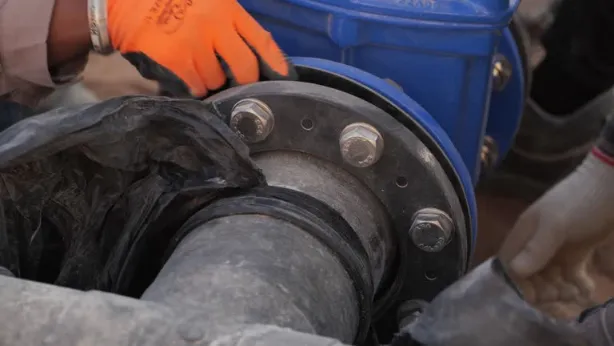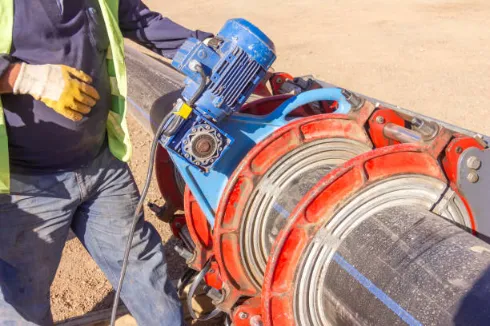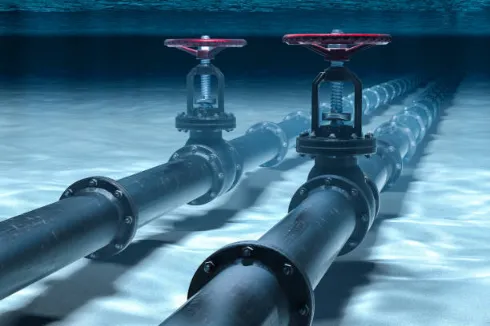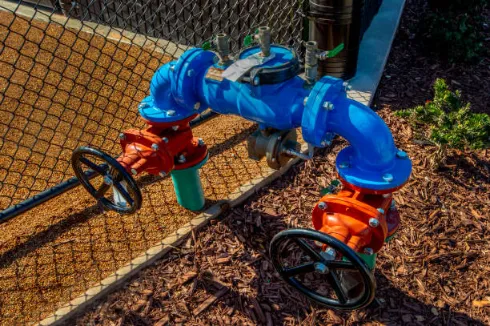Maelezo ya jumla ya Ductile Chuma Casting
Chuma cha Ductile ni nini?
Ductile IronPia inaitwa chuma cha chuma cha chuma au chuma cha graphite cha spheroid, ni aina maalum ya chuma cha chuma. Ina mpangilio wa kipekee ndani yake. Tofauti na chuma cha kawaida chenye vipande vya graphite gorofa, chuma cha ductile kina mipira ya graphite ya mviringo. Mipira hii hutengenezwa wakati wa kuongeza magnesia kidogo au cerium kwenye chuma cha moto, kilichogunuka wakati wa kutupa chuma cha ductile. Mpangilio huu hufanya chuma cha ductile kike na nguvu sana, kike na nguvu dhidi ya bumps ikilinganishwa na chuma vingine vya kutupa.
Sifa muhimu za chuma cha chuma cha chuma cha chuma
Chuma cha chuma cha chuma kinapendezwa kwa sifa zake za ajabu. Hizi hufanya kuwa nzuri kwa kazi nyingi za viwanda. Sifa zake kuu ni:
Nguvu ya kuvuta nguvu: Chuma cha ductile kinaweza kuchukua mengi ya kuvuta dhiki bila kuvunja.
ya Super Bendy: Inaweza kunyoosha na bend bila cracking. Hii ni kamili kwa ajili ya kazi zinazohitaji kubadilika.
Ngumu dhidi ya Bumps: Mipira ya graphite ya mviringo huchukua nishati vizuri. Hii inasaidia kushughulikia hits ngumu.
Rust Mpiganaji: Kwa mipako sahihi au matibabu, chuma cha ductile kinaendelea kuwa na nguvu dhidi ya kutu na kuvaa.
Rahisi kwa Shape: Ingawa ni nguvu, chuma ductile ni pretty rahisi kukata na umbo katika miundo tricky.
Tofauti kati ya chuma cha chuma cha chuma na aina nyingine za chuma cha chuma
Vitu vyote vya chuma vina mambo ya pamoja. Lakini chuma cha chuma cha chuma ni tofauti kwa sababu ya sifa zake maalum:
Mpangilio wa Graphite: Kawaida kijivu chuma chuma ina gorofa graphite bits kwamba kufanya kuvunja kwa urahisi. Graphite ya chuma cha ductile hufanya iwe ngumu zaidi.
Nguvu na Stretch: Ikilinganishwa na chuma cha kijivu na nyeupe, chuma cha chuma cha chuma cha chuma cha chuma cha chuma cha chuma cha chuma cha chuma cha chuma cha chuma cha chuma cha chuma cha chuma cha chuma cha chuma cha chuma cha chuma cha chuma.
Matumizi: Chuma cha kijivu ni kubwa kwa kuacha shakes katika mashine. Chuma cha kutumbwa cha ductile kinachukuliwa kwa sehemu zinazohitaji nguvu na nguvu.
Mchakato wa Viwanda wa Ductile Chuma Casting
Vifaa Vifaa Kutumiwa katika Ductile Chuma Casting
Kutengeneza chuma cha chuma kinaanza na kuchukua vitu vyema. Vifaa kuu ni:
chuma nguruwe: Hii ni chanzo safi chuma kutumika katika chuma ductile kutupa.
chuma scrap: Old chuma ni aliongeza tweak mchanganyiko na kuokoa fedha.
Vipengele vya AlloyMagnesium au cerium imeongezwa kufanya mipira ya graphite ya mviringo ambayo inafafanua chuma cha ductile.
Carbon na SiliconHizi husaidia kupata kuanzisha sahihi na nguvu ndani ya chuma.
Hatua zinazohusika katika uzalishaji wa chuma cha chuma cha chuma
Mchakato wa kufanya chuma cha chuma cha chuma kina hatua chache kubwa:
Kugunuka: Vifaa vifaa kupata kuyeyuka katika tanuru super-moto kufanya chuma kioevu.
Kuongeza NodulizersMagnesium au cerium huingia kwenye chuma cha moto. Hii hufanya mipira ya graphite ya mzunguko imeumbwa.
Kuchukua: Chuma kioevu kutibiwa ni kumwagwa katika molds umbo kwa ajili ya sehemu maalum.
Baridi na Hardening: chuma baridi na kugeuka imara, kuweka kuanzisha yake maalum.
Matibabu ya joto (hiari): Baadhi ya sehemu hupata matibabu ya joto ya ziada ili kuongeza nguvu zao kwa kazi fulani.
Hatua za Udhibiti wa Ubora katika Ductile Chuma Casting
Kuchunguza ubora ni muhimu sana kuhakikisha chuma cha chuma cha chuma ni cha juu:
Kuchunguza Kemikali: Mchanganyiko wa chuma kioevu ni kuangaliwa kwa karibu kupata sifa bora.
Kuangalia muundo: Zana maalum kama vile microscopes kuangalia mipira graphite kwa usawa na ubora.
Nguvu ya kupima: Sampuli kupata kupimwa kwa kuvuta nguvu, ugumu, na bump upinzani.
Kuchunguza ukubwaSehemu zilizokamilishwa hupimwa ili kuhakikisha kuwa ni umbo sahihi na ukubwa.
Faida ya Ductile Chuma Casting
Nguvu na Udumu wa Chuma cha Chuma cha Chuma
Chuma cha chuma cha chuma ni maarufu kwa kuwa na nguvu na nguvu. Hii inafanya kuwa chaguo bora kwa kazi nyingi za kiwanda. Mpangilio wake maalum, na mipira ya graphite ya mzunguko, unaipa nguvu kubwa. Mipira hii inasaidia kushughulikia dhiki nzito ya kuvuta na kupinga mapigano bila kuvunja. Hii inafanya Ductile Iron kamili kwa sehemu ambazo zinakabiliwa na mizigo mikubwa au nguvu za kusonga. Pia, nguvu yake ina maana kwamba inaendelea kwa muda mrefu. Hakuna haja ya kubadilisha au kurekebisha mara nyingi.
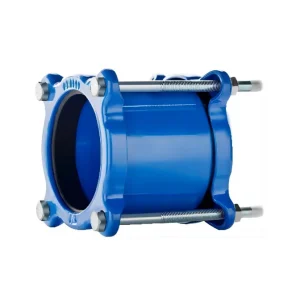
Gharama-ufanisi katika Maombi Viwanda
Moja ya mambo bora kuhusu kutupa chuma cha ductile ni kwamba huokoa fedha. Vifaa vya nguruwe, kama chuma cha nguruwe na chuma cha chuma, ni vya bei nafuu ikilinganishwa na chuma kama chuma au alumini. Aidha, mchakato wa kutupa ni haraka na hufanya maumbo tata na taka ndogo. Hii hupunguza gharama za vifaa na kuunda. Viwanda huokoa fedha wakati bado hupata sehemu nguvu ambazo zikidhi viwango vigumu.
Upinzani wa kutu na kuvaa
Chuma cha kutua cha ductile kinapigana na kutu na kuvaa vizuri sana, hasa kwa mipako sahihi au matibabu. Hii ni muhimu sana katika maeneo ambapo sehemu zinakabiliwa na maji, kemikali, au vifaa vigumu. Nguvu ya kupambana na kutu ya chuma cha ductile hufanya iwe na nguvu zaidi ya muda, hata katika maeneo magumu. Upinzani wake wa kuvaa ni mzuri kwa sehemu ambazo hufunga au kugusa uso mwingine sana.
Maombi ya Ductile Chuma Casting Katika Viwanda
Matumizi katika usambazaji wa maji na mifumo ya maji
Chuma cha ductile hutumiwa sana katika usambazaji wa maji na mifumo ya maji. Ni nguvu, ngumu, na hupigana vizuri. Mabomba yaliyotongwa na chuma cha ductile yanaweza kushughulikia shinikizo la juu. Hawana kuvuja au kuvuja kwa urahisi ikilinganishwa na vifaa vingine. Mabomba haya hutumiwa katika mifumo ya maji ya jiji, mipangilio ya maji machafu, na miradi ya uwirishaji.
jukumu katika joto na gesi usambazaji mitandao
Katika mifumo ya joto na mitandao ya gesi, sehemu za chuma cha ductile ni muhimu kwa usalama na kazi nzuri. Vifaa vinaweza kuchukua joto la juu na shinikizo. Hii inafanya kuwa nzuri kwa ajili ya kutengeneza bomba, valves, na vifaa kwa ajili ya mifumo hii. Kuaminika kwake hupunguza uwezekano wa kuvunjika hatari.
Maombi katika Viwanda vya Mafuta na Kemikali
Viwanda vya mafuta na kemikali vinahitaji vifaa vinavyoweza kushughulikia hali mbaya. Chuma cha ductile kinafaa muswada huo na nguvu zake kubwa na nguvu zake za kupambana na kutu. Inatumika kufanya pampu, flanges, mizinga, na gear nyingine zinazohitajika kwa ajili ya kushughulikia kemikali kali kali au kufanya kazi katika maeneo ya shinikizo la juu.
Viungo vya Conflex ni utengenezaji mtaalam wa aina mbalimbali za viwanda bomba uhusiano na bidhaa za ukarabati kwa zaidi ya miaka 15. Ubora bora na huduma yenye ufanisi quarantee ufungaji wa haraka na ukarabati kwa makampuni ya uhandisi kama vile usambazaji wa maji na makampuni ya maji ya maji, makampuni ya joto, makampuni ya gesi, makampuni ya mafuta na makampuni ya kemikali ulimwenguni kote ni pamoja na Ulaya, Amerika, Amerika ya Kusini, Afrika, Asia na Australia.
Maswali yanayoulizwa mara kwa mara (FAQs)
Ni viwanda gani vinavyofaidika zaidi kutoka kwa kutupa chuma cha ductile?
Ductile chuma kutupa husaidia viwanda vingi. Hizi ni pamoja na kutengeneza gari (vifungu vya injini), mifumo ya maji (bomba), ujenzi (valves), mifumo ya joto (vifaa), mitandao ya gesi (bomba), viwanda vya mafuta (pampu), mimea ya kemikali (mizinga), na sekta za nishati (sehemu za turbine za upepo).
Jinsi gani ductility kuboresha utendaji wa bidhaa?
Ductility inaruhusu bidhaa bend au nyoosha chini ya dhiki bila kuvunja. Hii inawafanya bora kwa kazi na kuhamia au mizigo nzito ambapo kuwa bendy ni muhimu.
Kwa nini magnesium huongezwa wakati wa mchakato wa kutupa?
Magnesia inabadilisha graphite katika chuma kioevu kuwa mipira ya mviringo badala ya vipande gorofa. Hii hufanya chuma cha ductile kike na nguvu zaidi na kike na bendy zaidi.
Jinsi gani chuma cha kutumbwa cha ductile kinalinganishwa na chuma cha jadi cha kutumbwa?
Chuma cha kawaida kina vipande vya graphite gorofa ambavyo vinaifanya kuvunja kwa urahisi. Chuma cha chuma cha chuma kina mipira ya graphite ya mviringo. Hizi zinaifanya iwe ngumu zaidi, imara zaidi, yenye nguvu zaidi, isiyovunja, rahisi kuunda, na yenye kudumu kwa muda mrefu.
Je, bidhaa za Conflex Joints zinaweza kuboreshwa kwa mahitaji maalum?
Conflex Joints inatoa chaguzi za desturi kwa mahitaji tofauti ya viwanda, kama mifumo ya maji au bomba la gesi.
Wasomaji wanapenda kujifunza zaidi kuhusu jinsi Viungo vya Conflex hutoa ufumbuzi wa ubora wa juu wa uhusiano wa bomba ulimwenguni kote unaweza kuwasiliana nasi moja kwa moja.


